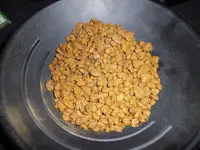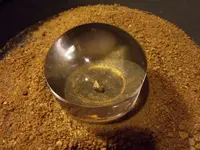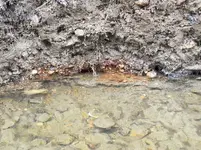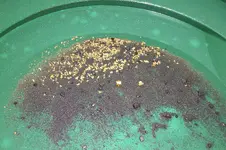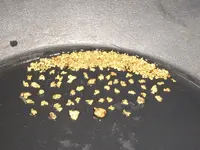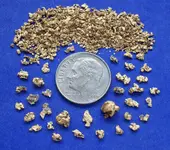mikep691
Hero Member
- Joined
- Aug 6, 2015
- Messages
- 857
- Reaction score
- 1,756
- Golden Thread
- 0
- Location
- Northeastern Sierra's
- Primary Interest:
- All Treasure Hunting
Over the years, we've mined the gravels in the creek, on the bedrock at our claim. These gravels can be as shallow as a few inches to a few feet thick. Some areas are cemented to the point of nearly impenitrable and most always rusty and orange in color. This layer is usually 3"-6" thick, sometimes high in the bank of the creek and sometimes right above the bedrock. The area has been extensively worked since the late 1800's, and we believe the 1 to 4 grams of gold per yard that we recover was left over from the old timers.
Since we're moving a lot of gravels, it's hard to tell how much is actually embedded in this cemented gravel. We do know that there is gold scattered throughout the gravels. This why we don't just strip the "overburden" but run everything through the box.
I guess what I'm asking is your opinions on the best way to approach these cemented gravels, and if you've experienced this in your diggings. There is likely no right or wrong approach, Just picking brains...
Since we're moving a lot of gravels, it's hard to tell how much is actually embedded in this cemented gravel. We do know that there is gold scattered throughout the gravels. This why we don't just strip the "overburden" but run everything through the box.
I guess what I'm asking is your opinions on the best way to approach these cemented gravels, and if you've experienced this in your diggings. There is likely no right or wrong approach, Just picking brains...
Upvote
0



